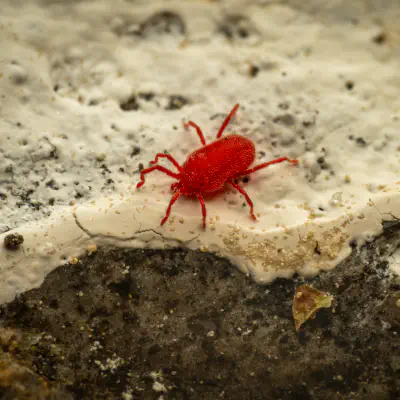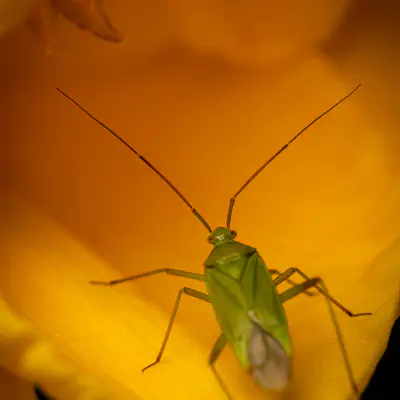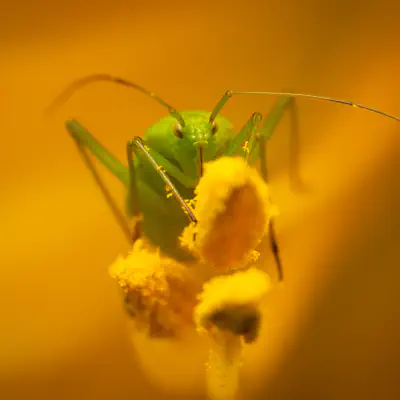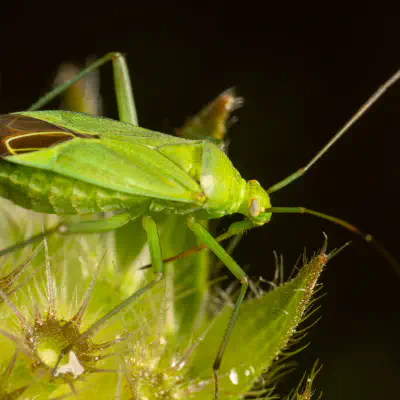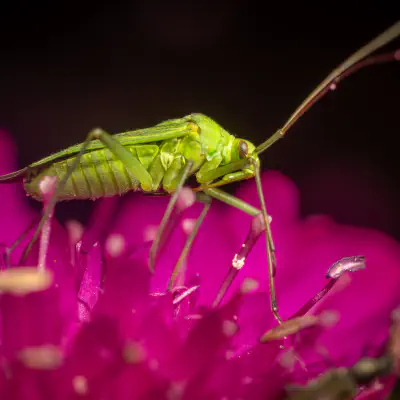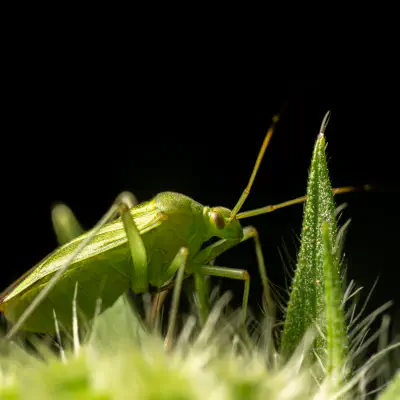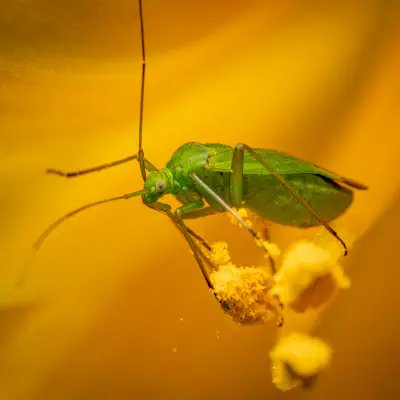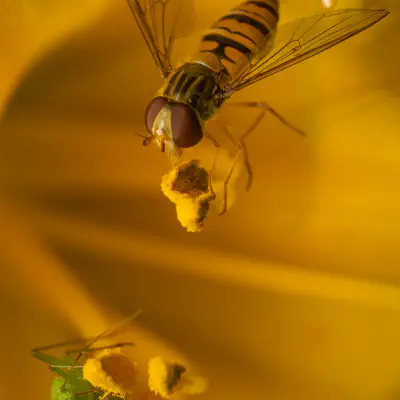The prothorax of those species is smooth, and the whole upper surface is usually green.
Common Green Capsid (lat. Lygocoris pabulinus)
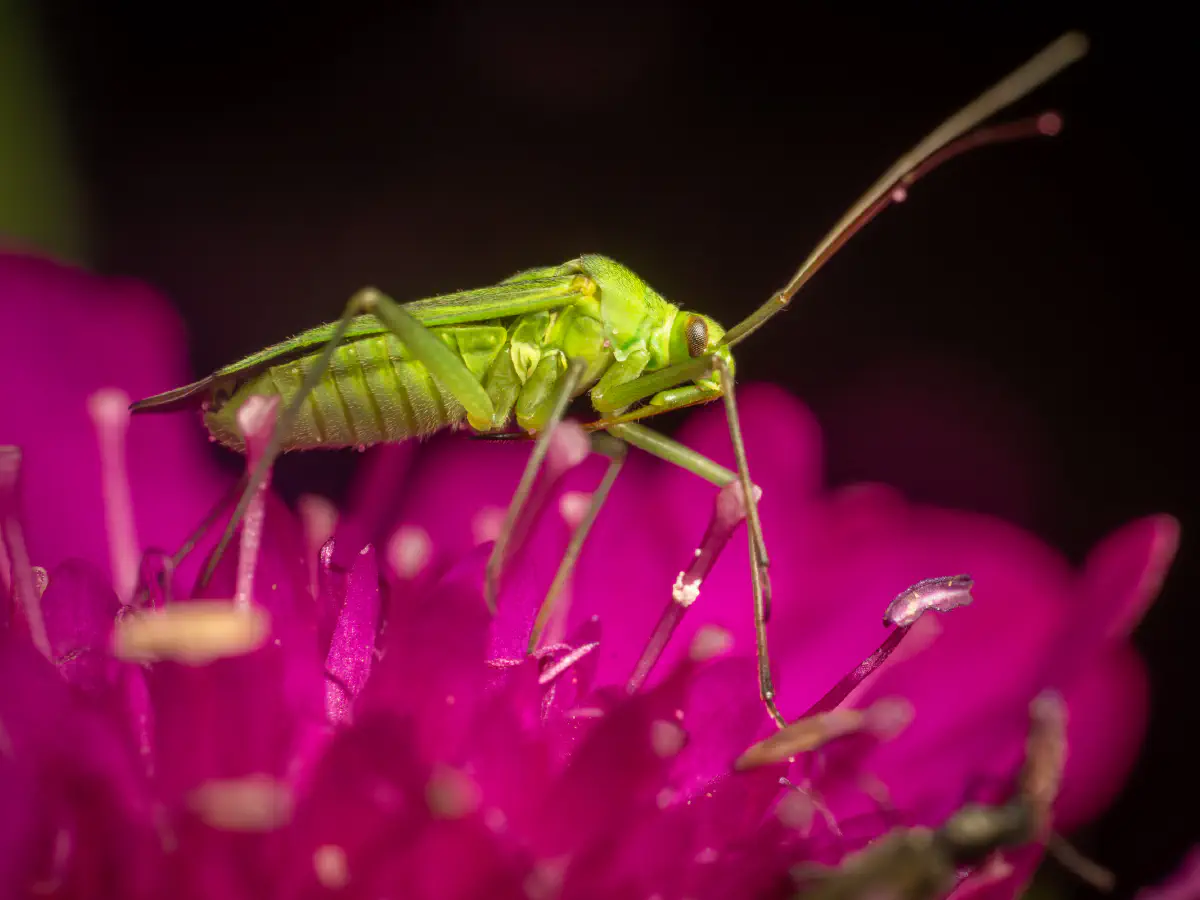
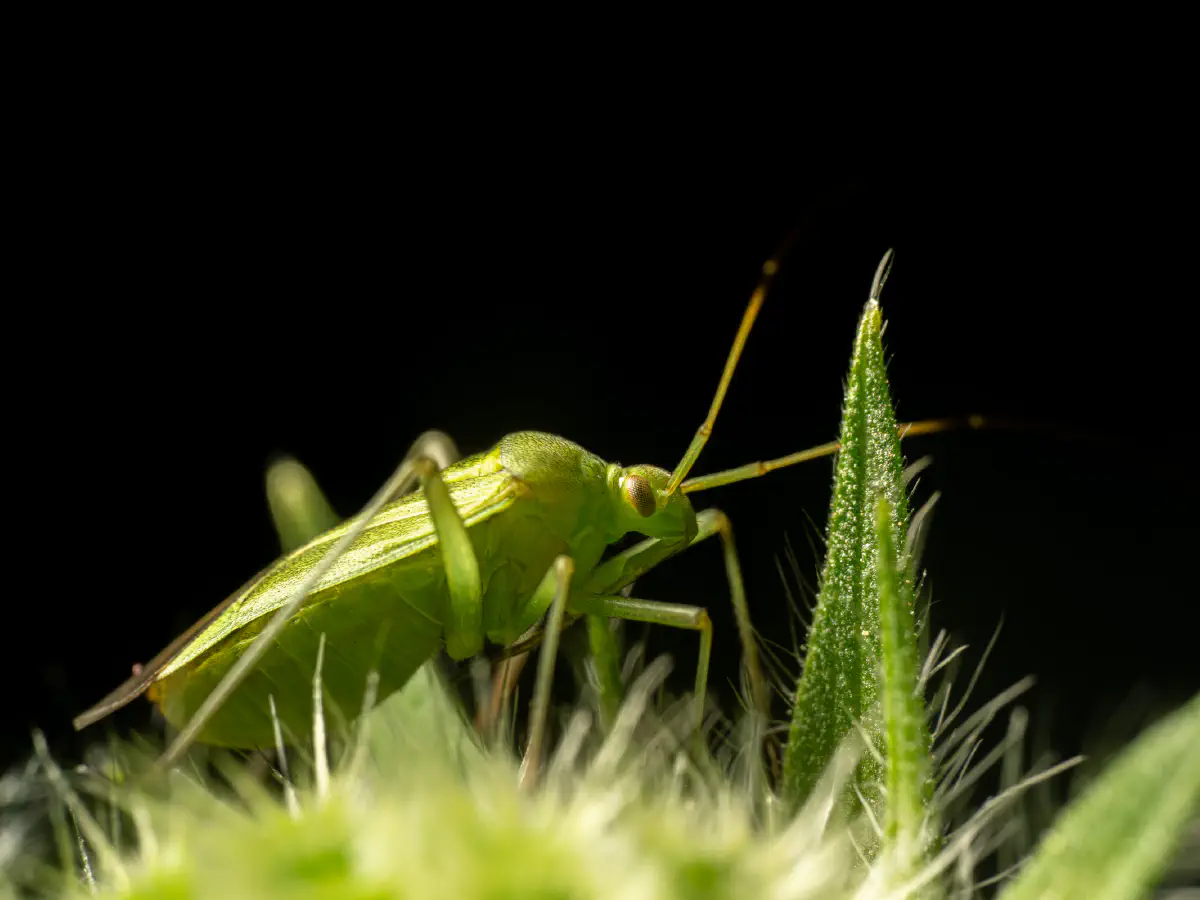


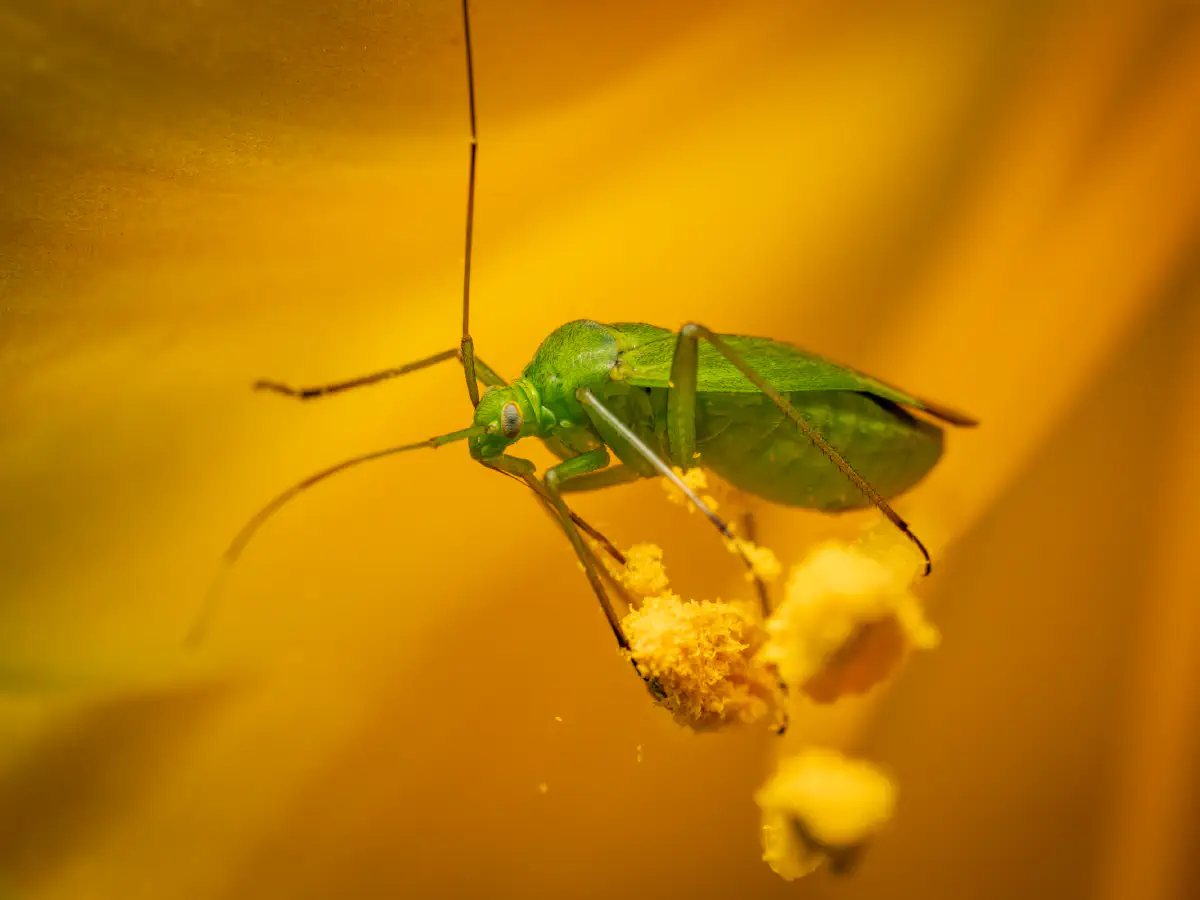
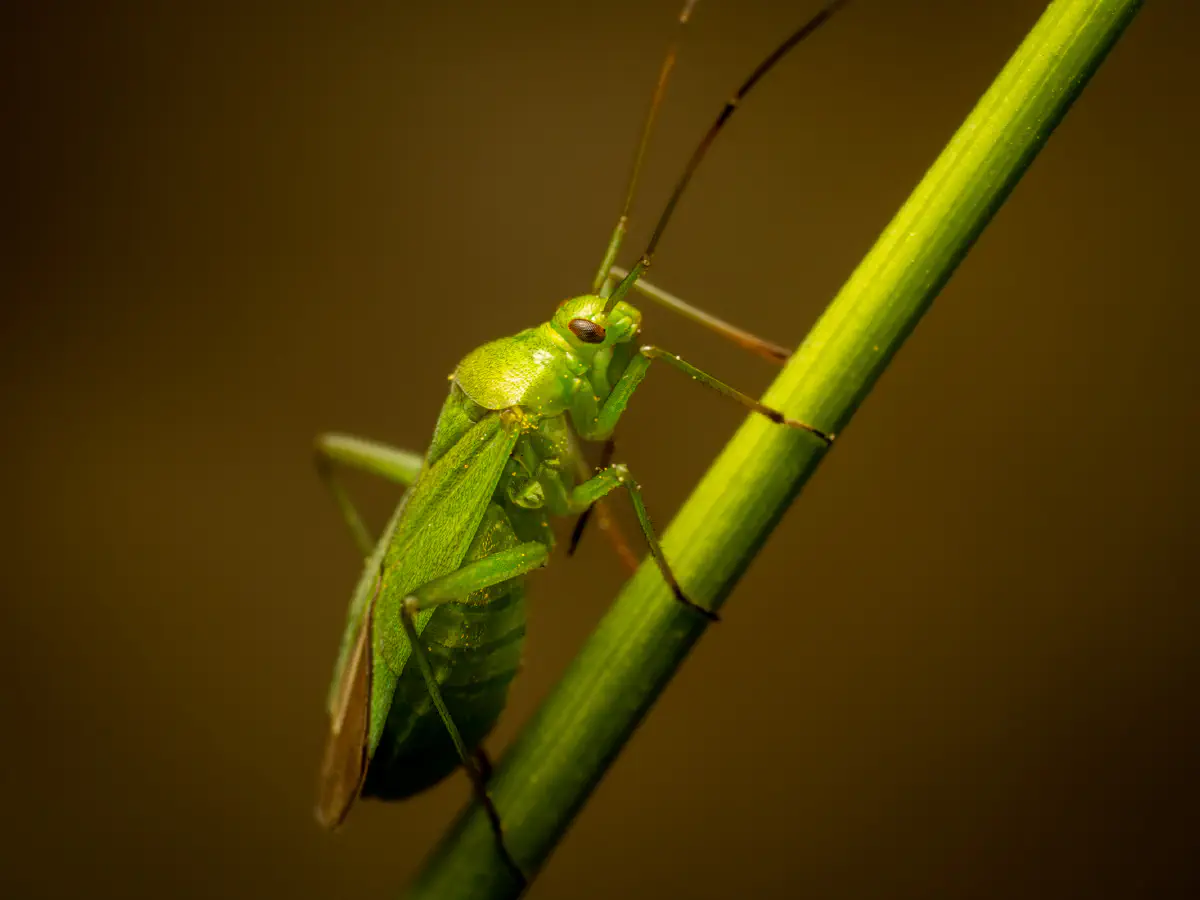
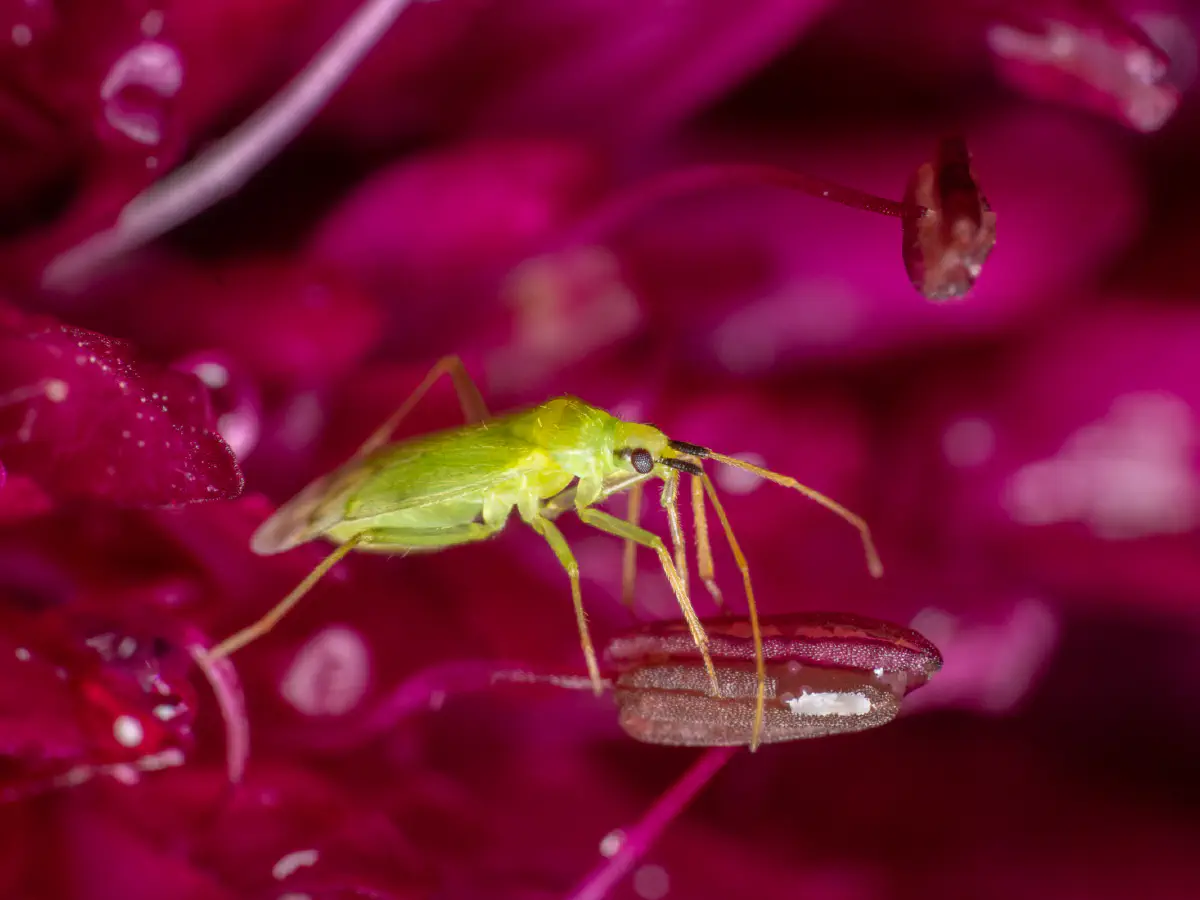
This is not intended to be a dry lexicon. Personal stories and sensitive articles form the framework for our pictures: „The last refuge“
In a world suffering from extreme heat, Mario, the mite, discovers a legendary natural refuge that promises protection and cooling. His journey underlines the urgent need to secure sustainable habitats for all species.
